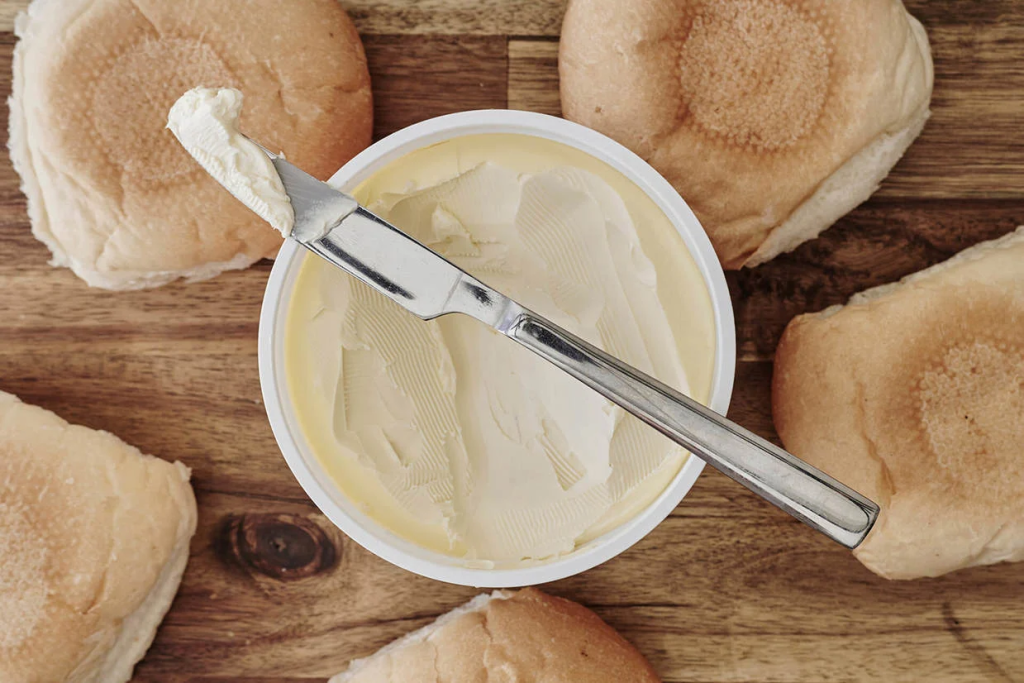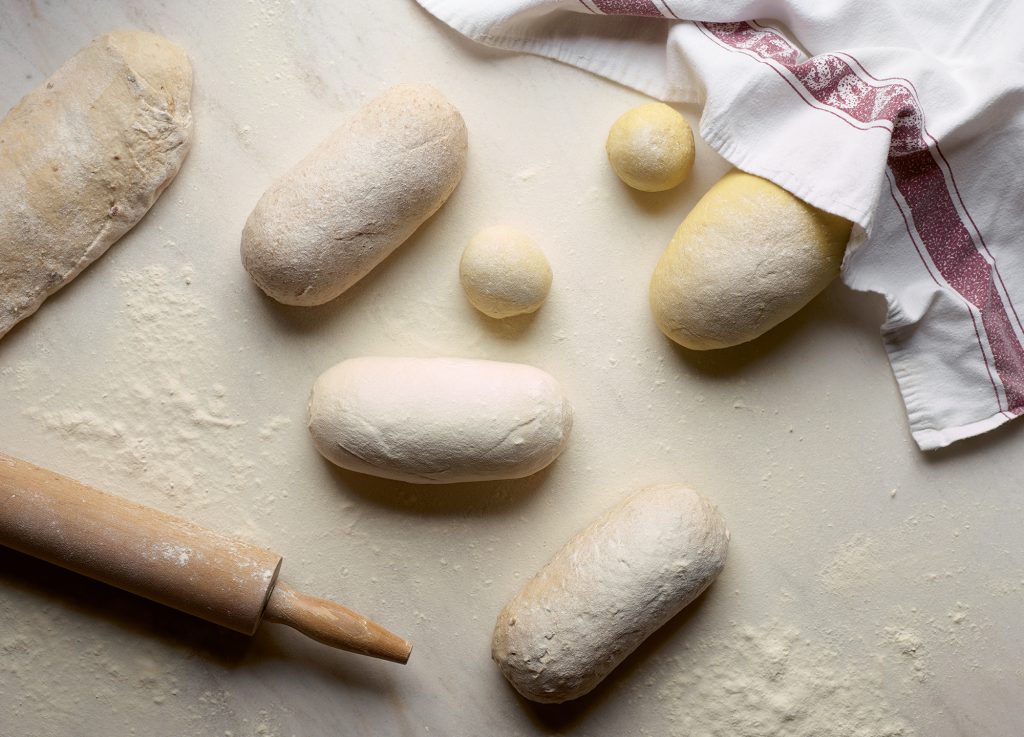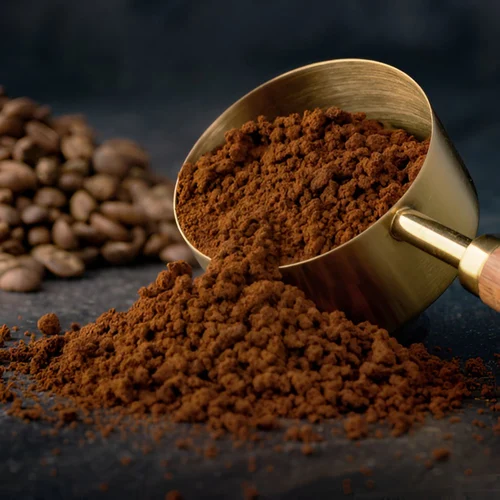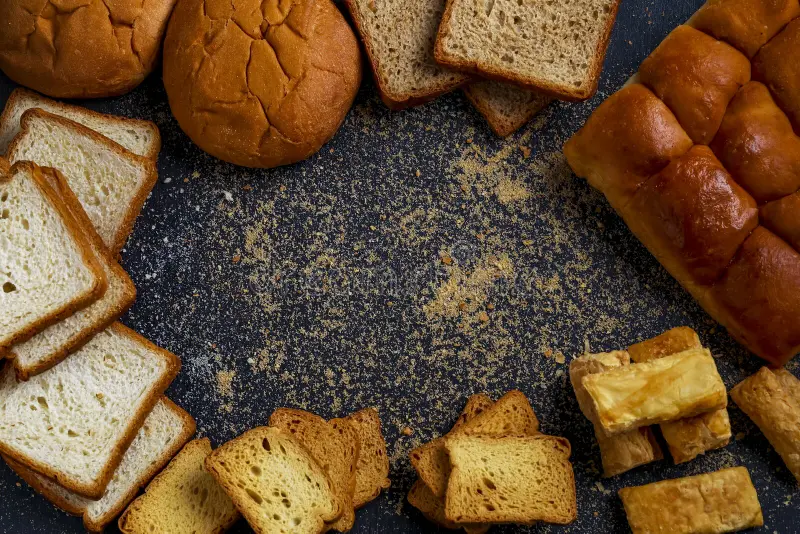Chocolate and Confectionary

It reduces viscosity and improves yield, making the manufacturing process more efficient. Additionally, it contributes to the reduction of expensive cocoa butter, thereby lowering production costs. This substance also plays a crucial role in controlling sugar crystallization and regulating the flow properties of chocolate, which is essential for achieving the desired texture and consistency.
Furthermore, it is used in coatings and assists in the homogeneous mixing of ingredients, ensuring uniformity in the final product. Notably, it enhances the shelf life of products such as chewing gum, contributing to better product stability.
W/O Emulsions, Fat Spreads

It facilitates the formation of fine crystals, which is essential for achieving the desired texture in baked goods. This also ensures the even distribution of ingredients in the dough mixture, contributing to product consistency. Additionally, it offers freeze protection for yeast cells, helping them remain viable during storage. This leads to improved fermentation stability, which is critical for dough development. As a result, there is an increase in volume, enhancing the overall quality and appearance of the final baked product.
Frozen dough

It provides the formation of fine crystals, which is essential for achieving a smooth and consistent texture. This also promotes the even distribution of ingredients within the dough mixture, ensuring uniformity throughout. Additionally, it offers freeze protection for yeast cells, maintaining their viability during cold storage. As a result, fermentation stability is improved, leading to better dough development. Ultimately, this contributes to increased volume in the final baked product, enhancing both its appearance and quality.
Instant & Agglomerated Products

It improves the wetting properties of both hydrophilic powders, such as low-fat proteins, and lipophilic powders, like cocoa powder. This enhancement aids in the smooth incorporation of powders into various formulations. Additionally, it helps in dust control, minimizing airborne particles during handling and processing. Most importantly, it ensures complete dispersion of the powders in an aqueous environment, resulting in uniform and stable mixtures.
Bakery & fine pastry goods

It reduces the usage of fat and eggs, making formulations more cost-effective and health-conscious. Additionally, it improves fat distribution throughout the mixture, contributing to a smoother and more consistent texture. Its ability to emulsify fat-sugar-water systems ensures stable and uniform mixtures. This also leads to increased volume and a uniform pore structure in the final product, enhancing visual appeal and mouthfeel. Moreover, it plays a vital role in extending shelf life, improving product stability over time.
Dry Bakery Products

It functions as an effective releasing agent, allowing for the easy removal of sticky materials from both hot and cold surfaces of molds and pans. This is particularly useful in the release of delicate products such as wafers, ensuring they maintain their shape and quality. Additionally, it helps prevent foods from sticking together during processing and storage. As a result, it significantly reduces the need for frequent cleaning, improving efficiency in food production environments.
Snacks

It interacts effectively with starch, influencing texture and structural integrity in various food applications. One of its key benefits is the reduction of fat absorption, which contributes to healthier formulations. It also helps control the fat/water barrier, ensuring better product stability and moisture retention. As an extrusion aid, it enhances processing efficiency and product uniformity. Additionally, it plays a vital role in shelf life control, helping to maintain freshness and quality over time.
Convenience food (e.g. Sauces, Pizzas, Noodles, Cereals, Bars, Ice cream etc..)

It is widely used in convenience foods such as sauces, pizzas, noodles, cereals, bars, and ice cream, among others. It plays a crucial role in the emulsification and stabilization of fat, sugar, and water systems, ensuring a smooth and uniform texture. Additionally, it acts as a barrier between toppings and dough, preventing sogginess and maintaining product integrity. It serves as a shelf life improver by controlling the water and fat holding capacity, reducing moisture loss, and maintaining freshness. Its anti-staling properties help preserve the texture and quality of baked and frozen products. Furthermore, it controls the crystallization of lipids and manages aeration, contributing to consistent texture and enhanced product stability.